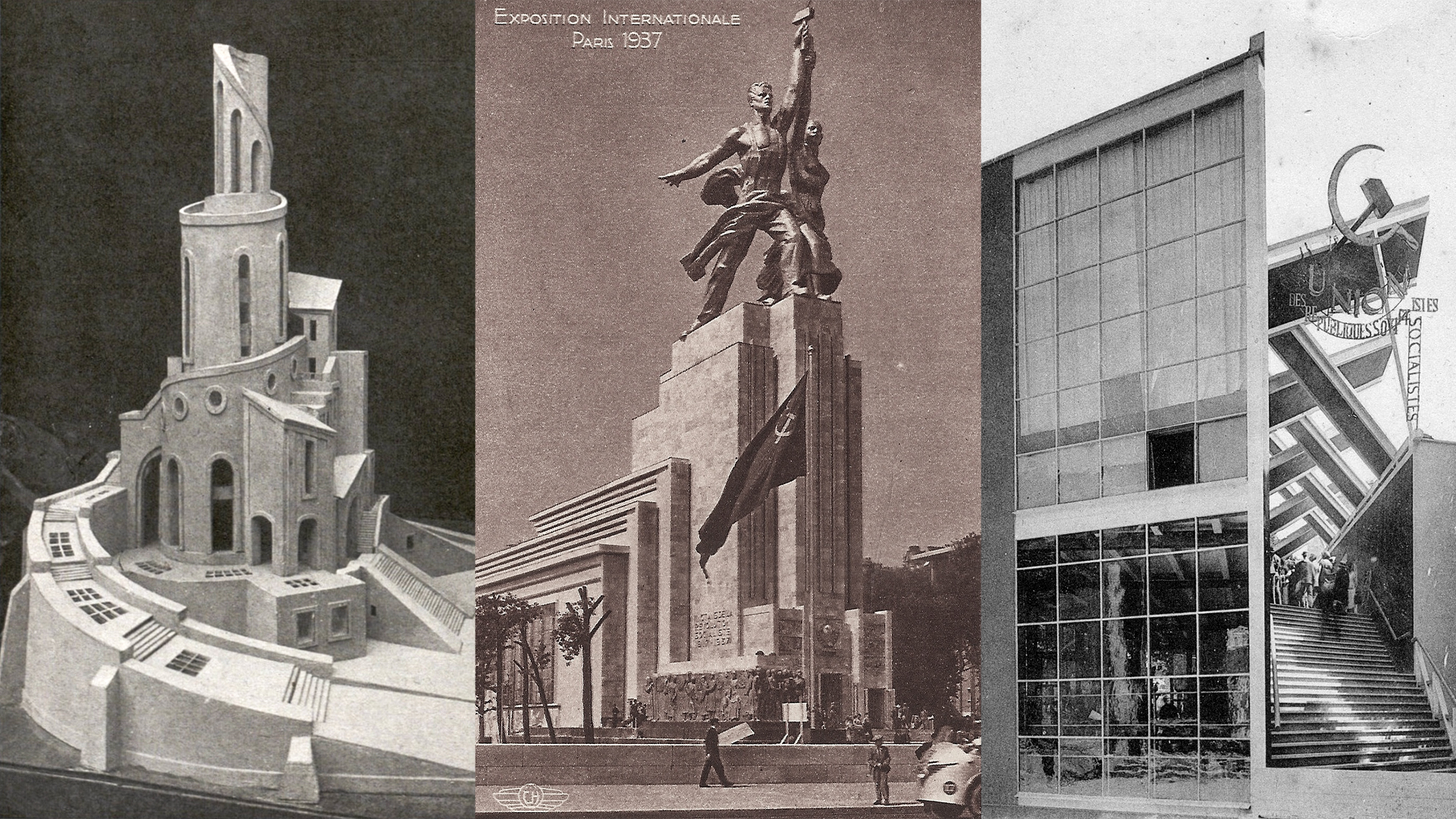
Why did Russian inmates tattoo Lenin & Stalin on their chests?

“For death row inmates, night is a scary time. Everyone sleeps, but they sleep like wild animals: alert… vigilant. The slightest knock, rustle… and already two or three heads are anxiously rising, listening to the silence of the night…”
This is an opening paragraph of an article featured in a pro-Nazi newspaper printed on the occupied territory of the Soviet Union in 1943. In the article, the author told a story of an inmate who escaped a firing squad by revealing his bare chest, where portraits of Lenin and Stalin were tattooed.

Although the story is uncorroborated, this theory spread far beyond pages of the propaganda publication.
A ‘grave pass’
The precise origin of this prison tale is unknown. What’s known for sure is that some Soviet inmates used to tattoo portraits of Lenin and Stalin on their chests and that various theories sparked as to why they did so. The story published in the Nazi-controlled newspaper might have done nothing but further popularize the existing jailhouse story.
“Convicts sentenced to death would tattoo portraits of Stalin and Lenin on their chests and on their backs with the hope of escaping punishment. None of the firing squad would dare shoot into the image of [Stalin],” explains the author of a popular video on YouTube.
Considering how strong and pervasive Stalin’s cult of personality was, it is not too hard to imagine members of the firing squad being disconcerted and confused when ordered to shoot the image of the ‘Father of the Nations’, albeit tattooed on an inmate’s chest.

Although there are no confirmed records that would suggest such tattoos served as a kind of “grave pass” for Soviet convicts on the death row, it is also impossible to exclude such a possibility.
Even if tattoos of Lenin and Stalin did not spare inmates’ life on a massive scale, there might have been individual cases when they helped.
 Inmates at the "Vladimir Central" high security prison.
Inmates at the "Vladimir Central" high security prison.
Despite its questionable origin, the story about tattoos saving the lives of inmates spread inside Soviet prisons. Newly admitted prisoners who tattooed portraits of the Soviet leaders on their chests might have sincerely believed in their power to save their lives should the grave moment ever come.
A sign of loyalty
There are other theories as to why some inmates tattooed portraits of Soviet leaders on their bodies.
“Convicts’ tattoos depicting Stalin and Lenin began to appear immediately after the October Revolution of 1917. In this way, they showed respect for the descendants of their own class of criminals, who, for the first time in the history of Russia, managed to take control of the country. The convicts emphasized their privileged position, their affiliation with the elite in power,” says the author of a popular video on YouTube.

Both Lenin and Stalin had served time in prisons before the Russian Revolution brought them to the top of new Soviet society. This explains an affiliation with the country’s leaders some inmates might have imagined.
 A mugshot of young Joseph Stalin.
A mugshot of young Joseph Stalin.
However, the Stalin era was characterized by mass repressions of the general population and extrajudicial executions conducted on a mass scale. Another theory based on this fact argues that tattoos of Lenin and Stalin were a symbolic sign of public repentance some inmates demonstrated, hoping for forgiveness that, in most cases, never came during their lifetime.












